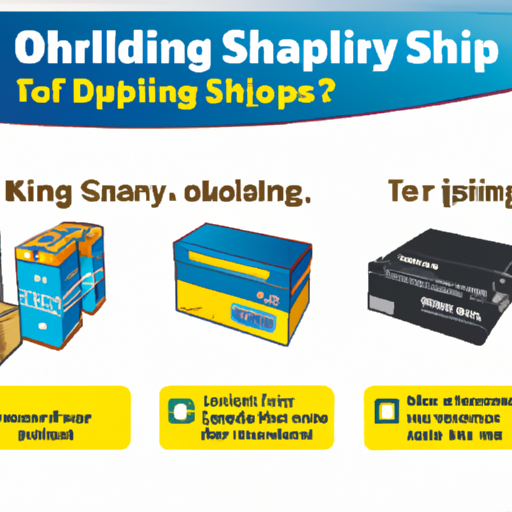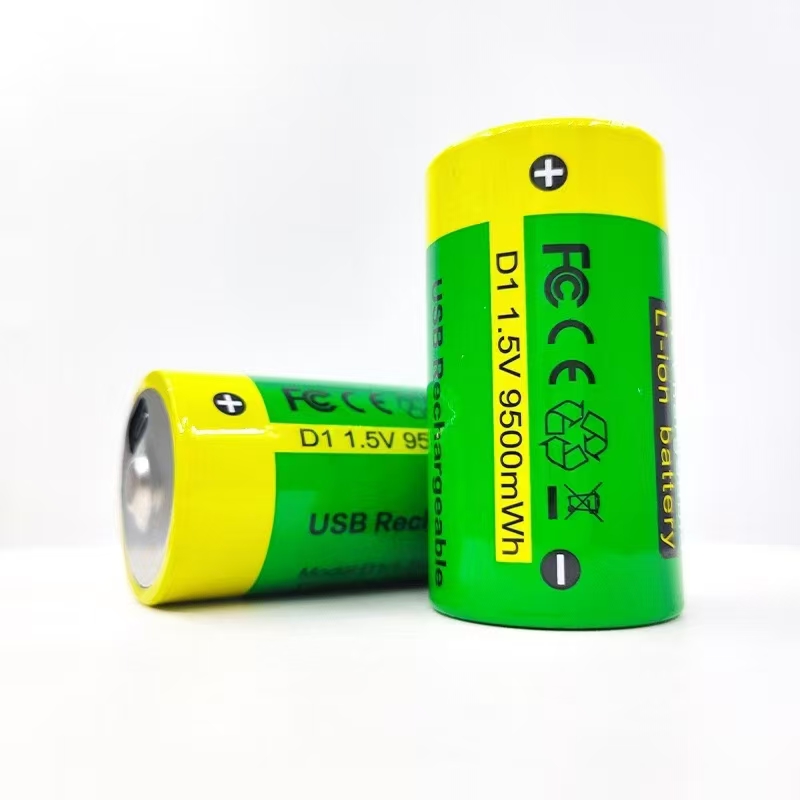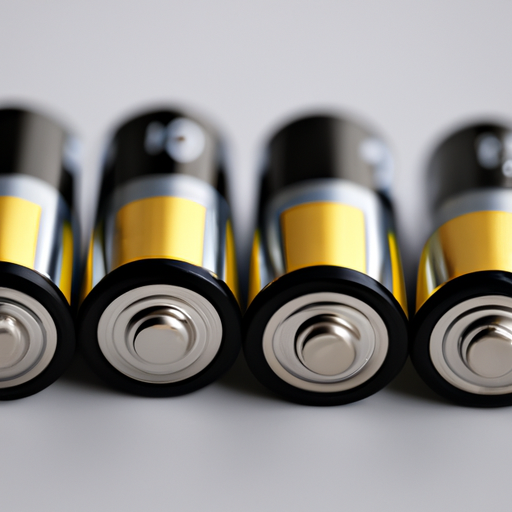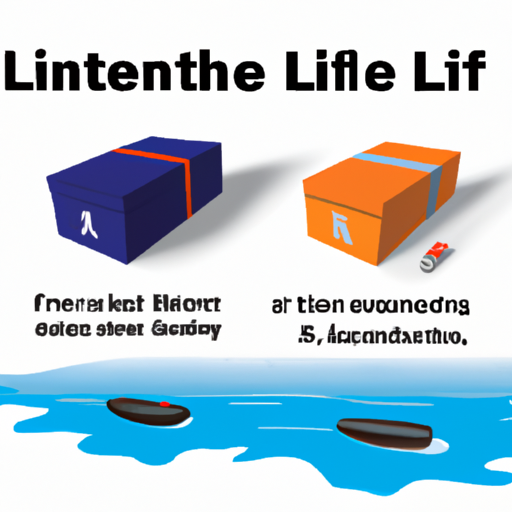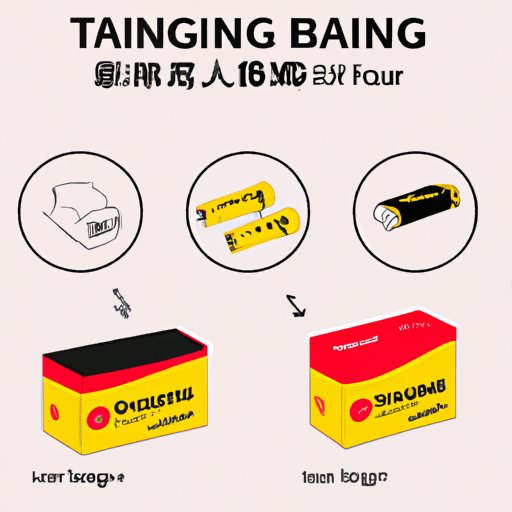Important Product Categories for Shipping Products with Batteries
I. Introduction
In today's fast-paced, technology-driven world, battery-powered products have become integral to our daily lives. From smartphones that keep us connected to electric vehicles that promise a greener future, batteries are at the heart of innovation. However, shipping these products comes with its own set of challenges and regulations, particularly due to safety concerns associated with batteries. Understanding the key product categories for shipping battery-powered items is essential for businesses and consumers alike. This article aims to educate readers on these categories, the types of batteries involved, and the regulations that govern their shipment.
II. Understanding Batteries and Their Types
Before diving into the product categories, it’s crucial to understand the different types of batteries commonly used in consumer products.
A. Overview of Common Battery Types
1. **Lithium-ion Batteries**: These are the most prevalent type of rechargeable batteries used in consumer electronics, electric vehicles, and renewable energy systems. They are lightweight, have a high energy density, and can be recharged multiple times.
2. **Nickel-metal Hydride (NiMH) Batteries**: Often used in hybrid vehicles and some consumer electronics, NiMH batteries are known for their good performance and environmental friendliness compared to older nickel-cadmium batteries.
3. **Lead-acid Batteries**: Commonly used in automotive applications, lead-acid batteries are reliable and cost-effective but are heavier and less efficient than newer battery technologies.
4. **Alkaline Batteries**: These non-rechargeable batteries are widely used in household items like remote controls and toys. They are easy to find and relatively inexpensive.
B. Characteristics and Uses of Each Battery Type
Each battery type has unique characteristics that make it suitable for specific applications. Lithium-ion batteries, for instance, are favored for their lightweight and high energy capacity, making them ideal for portable electronics. In contrast, lead-acid batteries are preferred for vehicles due to their robustness and ability to deliver high currents.
C. Safety Concerns Associated with Different Battery Types
Safety is a paramount concern when shipping battery products. Lithium-ion batteries, in particular, can pose fire hazards if damaged or improperly handled. Understanding these risks is essential for ensuring safe shipping practices.
III. Key Product Categories for Shipping with Batteries
Now that we have a foundational understanding of battery types, let’s explore the key product categories that commonly involve battery shipping.
A. Consumer Electronics
Consumer electronics are perhaps the most recognizable category of battery-powered products. This includes:
1. **Smartphones and Tablets**: These devices rely heavily on lithium-ion batteries for their functionality and portability.
2. **Laptops and Portable Computers**: Similar to smartphones, laptops use lithium-ion batteries, making them subject to specific shipping regulations.
3. **Wearable Technology**: Devices like smartwatches and fitness trackers also utilize small lithium-ion batteries, necessitating careful shipping practices.
B. Electric Vehicles (EVs)
The electric vehicle market has exploded in recent years, leading to a surge in battery shipping needs. Key products include:
1. **Electric Cars and Motorcycles**: These vehicles use large lithium-ion battery packs, which require special handling during shipping.
2. **E-bikes and Scooters**: Lightweight and increasingly popular, these products also rely on lithium-ion technology.
3. **Charging Infrastructure and Accessories**: Charging stations and related equipment often contain batteries that must be shipped according to specific regulations.
C. Home Appliances
Battery-powered home appliances are becoming more common, including:
1. **Cordless Power Tools**: These tools often use lithium-ion or NiMH batteries, requiring careful packaging to prevent damage.
2. **Robotic Vacuum Cleaners**: Many of these devices are powered by lithium-ion batteries, making them subject to shipping regulations.
3. **Smart Home Devices**: Products like smart thermostats and security cameras often contain batteries that need to be shipped safely.
D. Medical Devices
The medical field relies on portable battery-powered devices, including:
1. **Portable Medical Equipment**: Devices such as insulin pumps and heart monitors are often battery-operated, necessitating careful shipping to ensure functionality upon arrival.
2. **Emergency Medical Devices**: Equipment like defibrillators must be shipped with particular attention to battery safety and compliance.
E. Toys and Recreational Products
The toy industry has seen a rise in battery-powered products, including:
1. **Remote-Controlled Vehicles**: These toys often use rechargeable batteries, requiring adherence to shipping regulations.
2. **Drones and Quadcopters**: With their reliance on lithium batteries, these products must be shipped with care to avoid hazards.
3. **Electric Ride-On Toys**: These larger toys often use lead-acid or lithium-ion batteries, necessitating specific shipping practices.
F. Industrial Equipment
Battery-powered industrial equipment is essential for many businesses, including:
1. **Forklifts and Warehouse Equipment**: These machines often use lead-acid or lithium-ion batteries, requiring special handling during shipping.
2. **Battery-Powered Tools and Machinery**: Many industrial tools are now battery-operated, necessitating compliance with shipping regulations.
G. Renewable Energy Products
As the world shifts towards sustainable energy, battery-powered renewable energy products are gaining traction:
1. **Solar-Powered Devices**: Many solar products include batteries for energy storage, requiring careful shipping practices.
2. **Battery Storage Systems**: These systems are crucial for energy management and must be shipped according to specific regulations.
IV. Regulatory Considerations for Shipping Battery Products
Shipping products with batteries is governed by various regulations to ensure safety.
A. Overview of International Shipping Regulations
Organizations like the International Air Transport Association (IATA) and the International Maritime Dangerous Goods (IMDG) Code set forth guidelines for shipping batteries. These regulations vary by battery type and destination.
B. Packaging Requirements for Battery Products
Proper packaging is essential to prevent damage and hazards during shipping. This includes using sturdy boxes, cushioning materials, and protective barriers to prevent short circuits.
C. Labeling and Documentation Needed for Shipping
Shipping batteries requires specific labeling to indicate the presence of hazardous materials. Documentation must also include details about the battery type, capacity, and any special handling instructions.
D. Restrictions on Shipping Certain Battery Types
Certain battery types, particularly lithium-ion batteries, may have restrictions on air transport due to their fire risk. Understanding these restrictions is crucial for compliance.
V. Best Practices for Shipping Products with Batteries
To ensure safe and compliant shipping of battery-powered products, consider the following best practices:
A. Choosing the Right Shipping Carrier
Select a carrier experienced in handling battery shipments and familiar with the relevant regulations.
B. Ensuring Compliance with Regulations
Stay informed about the latest shipping regulations and ensure all shipments comply with local and international laws.
C. Proper Packaging Techniques
Use appropriate packaging materials and techniques to prevent damage and hazards during transit.
D. Training Staff on Battery Handling and Shipping Procedures
Ensure that all staff involved in shipping battery products are trained on proper handling and shipping procedures to minimize risks.
VI. Conclusion
Understanding the important product categories for shipping products with batteries is essential for businesses and consumers alike. As battery-powered products continue to proliferate, staying informed about regulations and best practices will help ensure safe and compliant shipping. By recognizing the significance of these categories and adhering to safety guidelines, we can contribute to a safer shipping environment for all battery-powered products.
VII. References
For further reading on battery shipping regulations and best practices, consider the following resources:
- International Air Transport Association (IATA) - [IATA Dangerous Goods Regulations](https://www.iata.org/en/programs/cargo/dangerous-goods/)
- International Maritime Organization (IMO) - [IMDG Code](http://www.imo.org/en/OurWork/Safety/Pages/DangerousGoods.aspx)
- U.S. Department of Transportation - [Hazardous Materials Regulations](https://www.phmsa.dot.gov/hazmat/transporting-hazardous-materials)
By staying informed and adhering to best practices, we can navigate the complexities of shipping battery-powered products safely and effectively.

